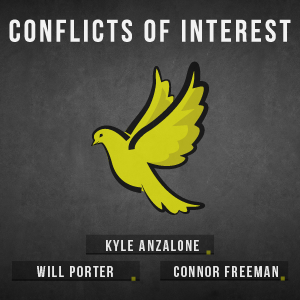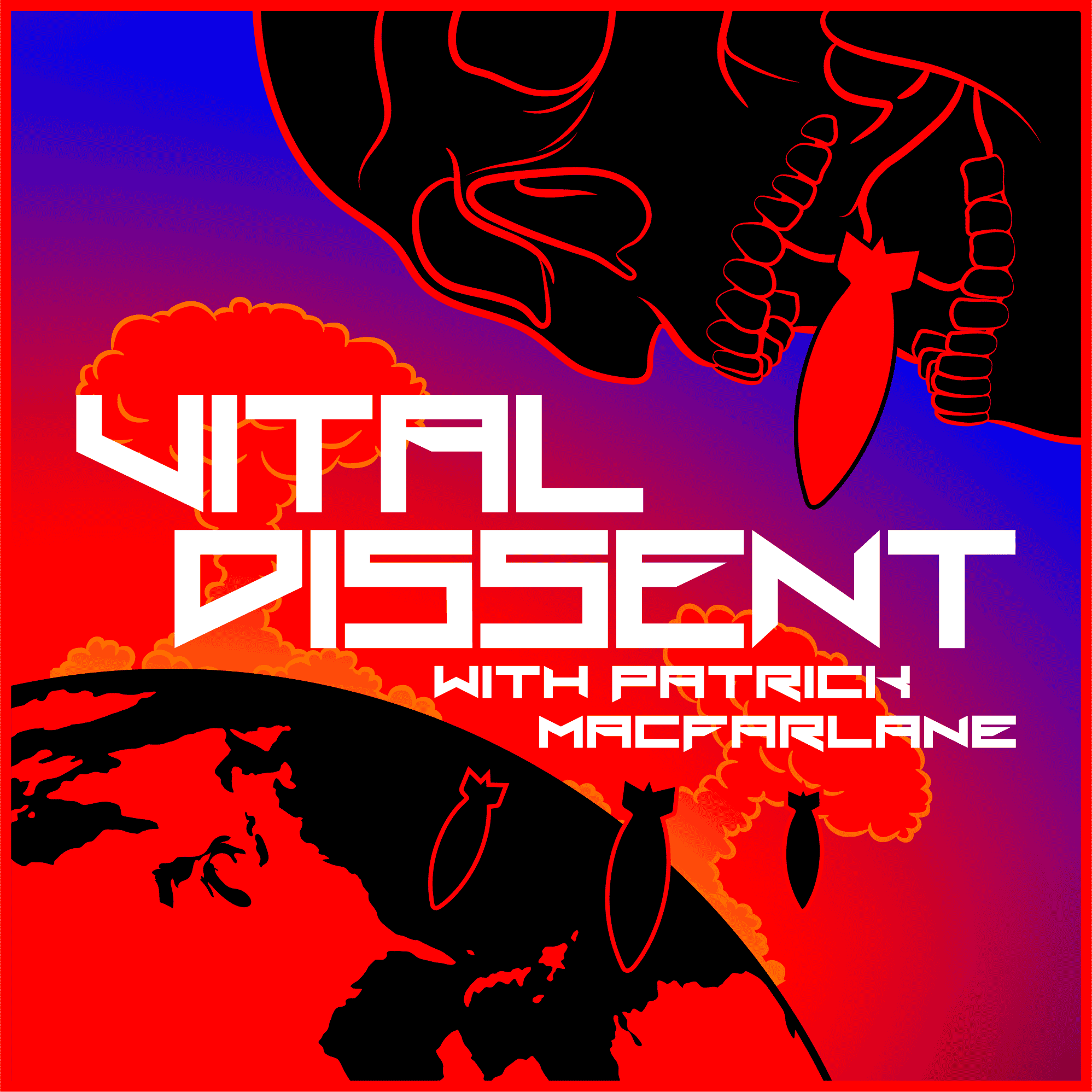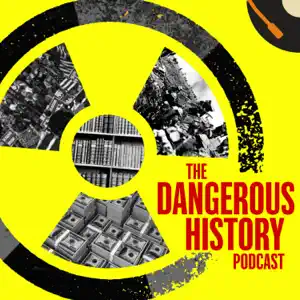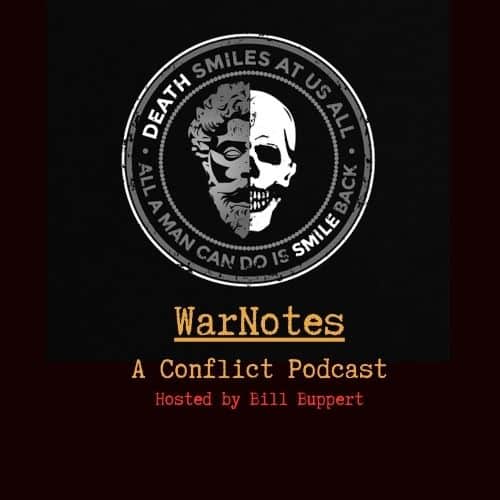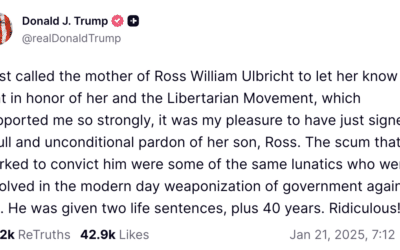In a New York Times opinion article on June 21, Amos Yadlin, a former chief of Israel’s military intelligence, attempted to defend Israel’s recent decision to start a war with Iran, in which Israel was briefly joined by the U.S. government under the administration of President Donald Trump.
Under the headline “Why Israel Had to Act,” Yadlin’s opening sentence states, “Forty-four years ago this June, I sat in the cockpit on the Israeli air force mission that destroyed Iraq’s Osirak nuclear reactor. In one daring operation, we eliminated Saddam Hussein’s nuclear ambitions.”
The parallels between that event and the current war on Iran are indeed remarkable—but the real lesson to be learned from it is precisely the opposite of the one Yadlin draws.
In addition to constituting aggression under international law, “the supreme international crime” as defined at Nuremberg, the American and Israeli bombing of Iran’s nuclear facilities proves how policymakers in both countries refuse to learn from the lessons of history.
The claim that Israel’s bombing of Iraq’s Osirak reactor in 1981 halted or set back Saddam Hussein’s efforts to acquire a nuclear weapons capability is a popular myth.
In fact, Iraq had been a party to the Treaty on the Non-Proliferation of Nuclear Weapons (NPT) since it came into force in 1970, and its nuclear program was under the safeguards of the International Atomic Energy Agency (IAEA), which had reported that the program was in compliance with Iraq’s legal obligations under the treaty.
Israel, by contrast, is known to possess nuclear weapons and “has not adhered to” the NPT, as the United Nations Security Council observed in Resolution 487. Unanimously adopted on June 19, 1981, that resolution strongly condemned Israel’s act of aggression.
The Security Council recognized:
“…the inalienable sovereign right of Iraq and all other States, especially the developing countries, to establish programmes of technological and nuclear development to develop their economy and industry for peaceful purposes in accordance with their present and future needs and consistent with the internationally accepted objectives of preventing nuclear-weapons proliferation…”
The Council described Israel’s attack as “a serious threat to the entire safeguards regime of the International Atomic Energy Agency” and called on Israel “urgently to place its nuclear facilities under the safeguards” of the IAEA.
It warrants emphasis that the U.S. government neither abstained from the vote nor used its veto power to block that resolution. The most parsimonious explanation for this is that there was no evidence Iraq had a nuclear weapons program, and Israel’s bombing was instead likely to push Iraqi President Saddam Hussein in that direction and otherwise undermine the goal of nuclear non-proliferation.
In an interagency intelligence assessment titled “Implications of Israeli Attack on Iraq,” dated July 1, 1981, the U.S. intelligence community provided its assessment, stating that
“The US-Israeli relationship once more is a central issue in regional politics, and new strains have been added to US-Arab relations. Washington’s ability to promote Arab cooperation against a Soviet threat or to bring the Arabs and Israelis to the bargaining table has been struck a hard blow. Arab leaders far from the frontlines in the Levant have been shown that their military and economic facilities are not beyond the reach of Israel’s striking power. Rather than drawing them into a negotiating process, Israel’s demonstrated prowess will only speed the arms race.”
Further, Saddam Hussein responded to the attack “by suggesting that world governments provide the Arabs with a nuclear deterrent to Israel’s formidable nuclear capabilities. His message to other Arabs is that they can have no security as long as Israel alone commands the nuclear threat.”
The attack also caused “damage to the Non-Proliferation Treat (NPT) and to the IAEA safeguards system,” with Israel having justified its attack “on the grounds that the IAEA safeguards system is a sham.” The assessment was that this “probably will have a detrimental impact.”
Iraq had received “the support of most IAEA members because of general acceptance that international and bilateral safeguards over Iraq’s program were sufficient to guard against the diversion of fissile material for a nuclear device.”
In sum, the attack did not halt an Iraqi nuclear weapons program but was the impetus that drove Saddam Hussein to subsequently attempt to acquire a nuclear deterrent to Israel’s aggression. Beyond that, the destruction of the Osirak reactor threatened to undermine the IAEA safeguards framework, thus heightening rather than mitigating the threat of nuclear weapons proliferation.
In 2003, the United States waged an illegal war of aggression against Iraq on a pretext of lies to overthrow the regime of Saddam Hussein—who had waged war against Iran throughout most of the 1980s with American support.
In 2007, the U.S. intelligence community produced a National Intelligence Estimate (NIE) about Iran’s nuclear program, which has been similarly operating under the IAEA safeguards regime. The assessment was that Iran had been working toward a weapons capability until the United States took out Iran’s enemy Saddam Hussein in 2003, at which time the program was halted and never resumed.
That remained the U.S. intelligence community’s assessment with another NIE issued in 2011. That same year, former Mossad chief Meir Dagan said, “An aerial attack against Iran’s nuclear reactors would be foolish.” He warned that it could start a regional war with unforeseeable consequences.
Notwithstanding the fearmongering proclamations from Israeli Prime Minister Benjamin Netanyahu that Iran was working to build nukes, documents leaked to Al Jazeera in 2015 revealed that the assessment of Israel’s infamous intelligence organization the Mossad was that Iran was not pursuing a nuclear weapon.
In January of this year, the outgoing director of the U.S. Central Intelligence Agency (CIA), William Burns, reiterated the U.S. intelligence community’s longstanding assessment in an interview with NPR, saying that there was no sign that Iran had decided to move forward with nuclear weapons development.
On March 25, Trump’s Director of National Intelligence (DNI), Tulsi Gabbard, testified to the Senate Select Committee on Intelligence that the intelligence community “continues to assess that Iran is not building a nuclear weapon and Supreme Leader Ali Khamenei has not authorized the nuclear weapons program he suspended in 2003.”
The decision by the American and Israeli governments to bomb Iran’s nuclear facilities illustrates how the lessons of the past remain unlearned. Rather than preventing Iran from developing nuclear weapons, this action will only cause Iran to reconsider the need for a nuclear deterrent against American and Israeli aggression and otherwise undermine the international nuclear non-proliferation safeguards framework.
As observed by the Libertarian Institute’s Bill Buppert, host of Chasing Ghosts: An Irregular Warfare Podcast, one option for Iran is to withdraw from the NPT—their parliament has just voted to suspend cooperation with the IAEA—and state that it will rejoin the treaty and accept the IAEA safeguards framework once Israel does the same.
Iran would also be acting within reason to insist that the United States formally acknowledge its right to enrich uranium for nuclear energy as a condition for rejoining the nuclear non-proliferation treaty, especially since the whole current disaster is a consequence of the U.S. government persistent rejection of Iran’s recognized rights under the NPT.
If Washington would like to deter threats to peace by getting other countries to comply with international law, it should start by ending its own criminal violence—including the Trump administration’s continued support for Israel’s ongoing genocide in Gaza.






